Apple is making its recently-released iMacs more easily upgradeable, with retailer OWC confirming the base specification 27-inch 5K iMac can be fitted with up to 64GB of RAM, while an iFixit teardown reveals both the memory and the processor used in the 21.5-inch 4K iMac can be removed and replaced.
Revealed at WWDC earlier this week, the 2017 27-inch 5K iMac is capable of accepting 64GB of RAM, but all bar the lowest-priced 3.4GHz Core i5 model can be configured on the online Apple Store to that capacity. The 3.4GHz version instead has options to upgrade the 8GB 2400 MHz DDR4 memory to 16GB and 32GB versions, despite having the same number of user-accessible SO-DIMM slots as the others.
Retailer Other World Computing put the new base model through its MaxRAM certification program, which determines the maximum amount of memory a system can take via a series of tests. The retailer notes it was capable of exceeding Apple's "officially supported maximums," and claims all of its own-brand memory upgrades will work flawlessly with the iMac in question.
The customary teardown from iFixit of the 2017 21.5-inch 4K iMac reveals that it too is capable of being upgraded, but not as easily as the 27-inch model. While the larger iMac has a small hatch that allows access to the memory, the 21.5-inch iMac requires the entire back cover to be taken off, as well as the removal of the logic board, due to the RAM's placement between the board and the display panel.
Unlike in previous iterations, it is noted that Apple is using SO-DIMMs that can be easily removed and replaced, rather than soldering the memory modules onto the logic board. This is a "major win for upgradability" over previous models, iFixit claims, albeit requiring considerable work to access the memory modules.
The processor has been given similar treatment by Apple, in being a modular component and not soldered in place. The Kaby Lake processor is fitted into the iMac using a standard LGA 1151 CPU socket, making it the first time in years that it is possible to replace or upgrade the processor.
It is noted the logic board itself has grown compared to previous models, with the board expanding into an area occupied by the right speaker. The growth now means the right speaker is trapped inside the contours of the logic board and the edge of the enclosure.
For the components, Intel provides the platform controller hub alongside the processor, AMD supplies the Radeon Pro 555 GPU, Broadcom produces the Gigabit Ethernet controller, and LG made the display panel. Texas Instruments, NXP, Cirrus Logic, Fairchild, and NXP are among the other component suppliers used to create parts for the iMac.
Despite the potential upgradability of the 21.5-inch iMac, iFixit still gave a 'repairability' score of 3 out of 10, citing the fused together glass and Retina display and the difficulty of accessing the components buried within the system. This low score is still an improvement for the 2017 21.5-inch iMac, with the 2015 model rated at a dismal 1 out of 10 because of its soldered-on components.
The use of upgradable components may be seen as an easy way for Apple to install or remove items at the point of sale or repair. The switch to socketed hardware may also be considered a change in policy within Apple regarding user-upgradeable parts and third-party repairs, typically hindered by soldered components.
On June 7, Apple reportedly launched an initiative to provide the "Horizon Machine," a tool for calibrating iPhone displays and Touch ID, in up to 400 third-party repair shops in 25 countries by the end of the year. The machines, which is used to synchronize the Touch ID sensor with the motherboard and the Secure Enclave, is said by Apple senior director of service operations Brian Naumann to potentially reduce the retail store queues for repair, by allowing the processes to be carried out via authorized third-party repair centers.
Even so, Apple is still fighting to keep repairs and upgrades performed only by those authorized by the firm. In May, it was reported Apple paid $32,000 to lobbyists in New York to campaign against the so-called "right to repair" bills, legislation that would require electronics companies to sell parts and tools to the general public and third-party firms.
 Malcolm Owen
Malcolm Owen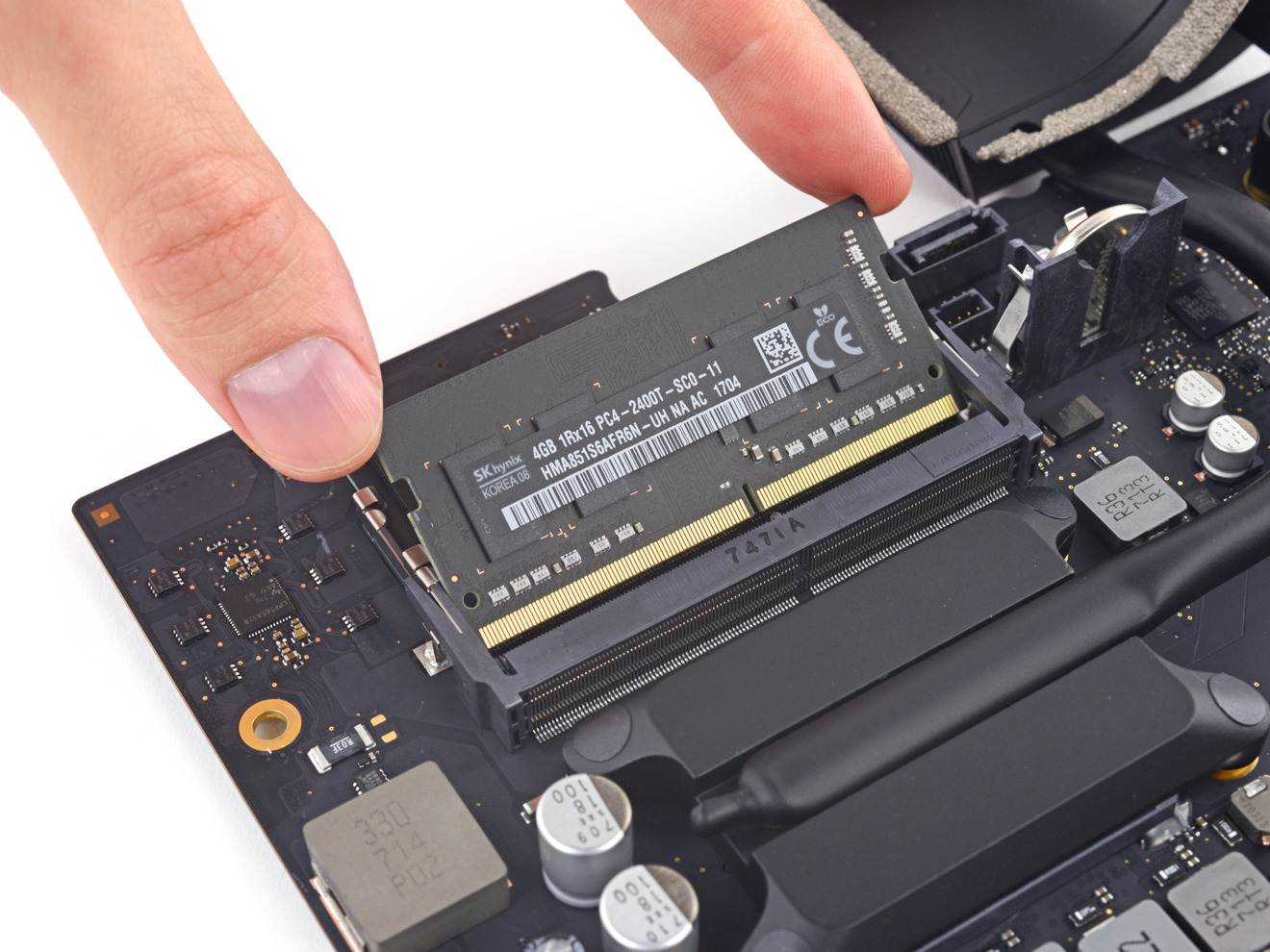
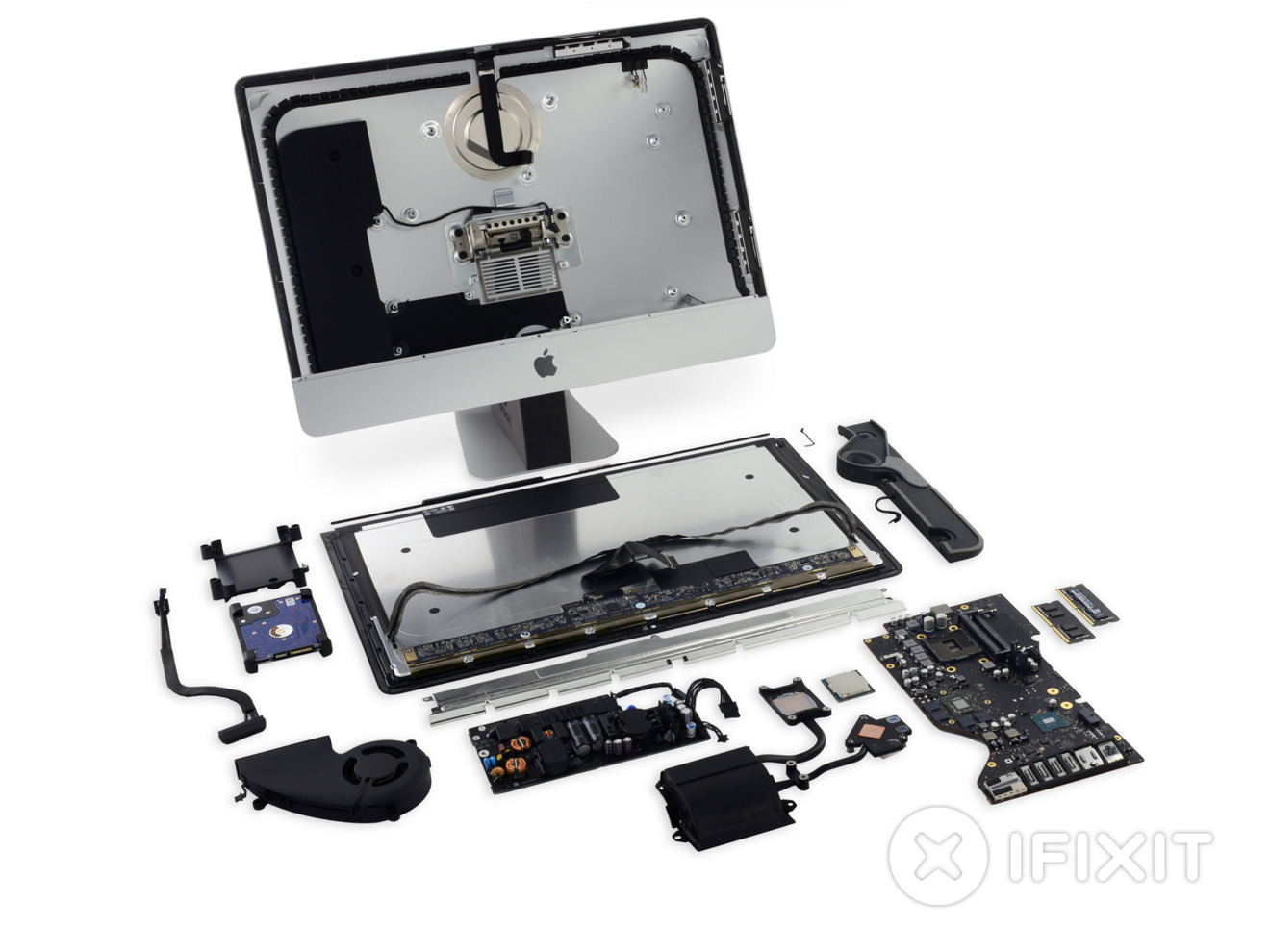
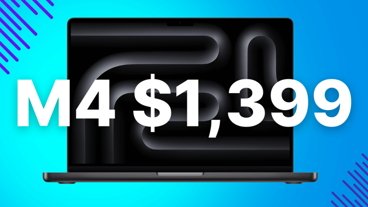


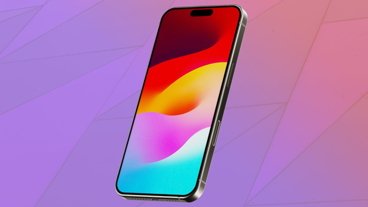
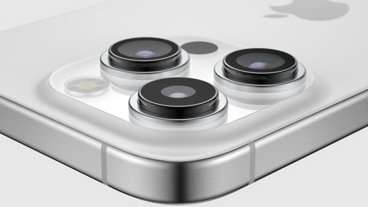


-m.jpg)





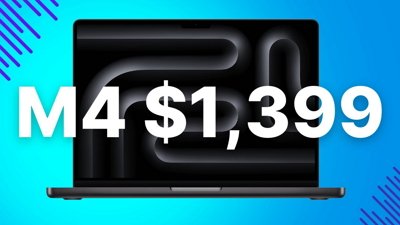
 Christine McKee
Christine McKee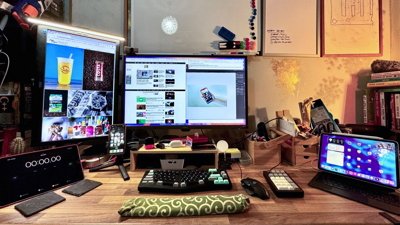
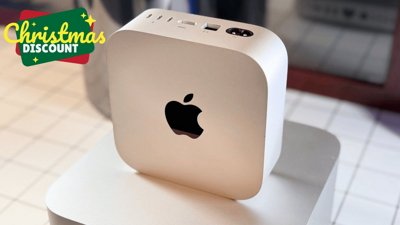

 Sponsored Content
Sponsored Content

 Amber Neely
Amber Neely
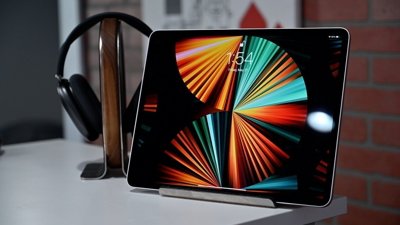
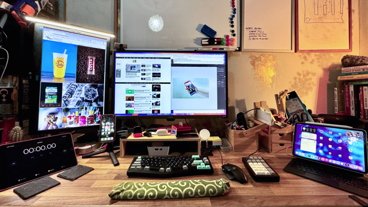









33 Comments
FWIW to avoid readers/buyer confusion: Apple say's it's not possible for users to upgrade the 21.5" version. Unlike past years tho someone with the proper tools and patience can anyway according to iFixit.
Can a Horizon Machine be used to unlock and/or activate a stolen iPhone?
How does a processor upgrade work? Provided the chip uses the same socket, can one just buy an i7 with the right socket, replace it and that's it, or is there more to do in order to get this to work?